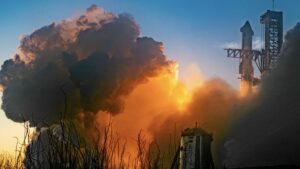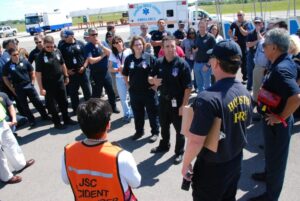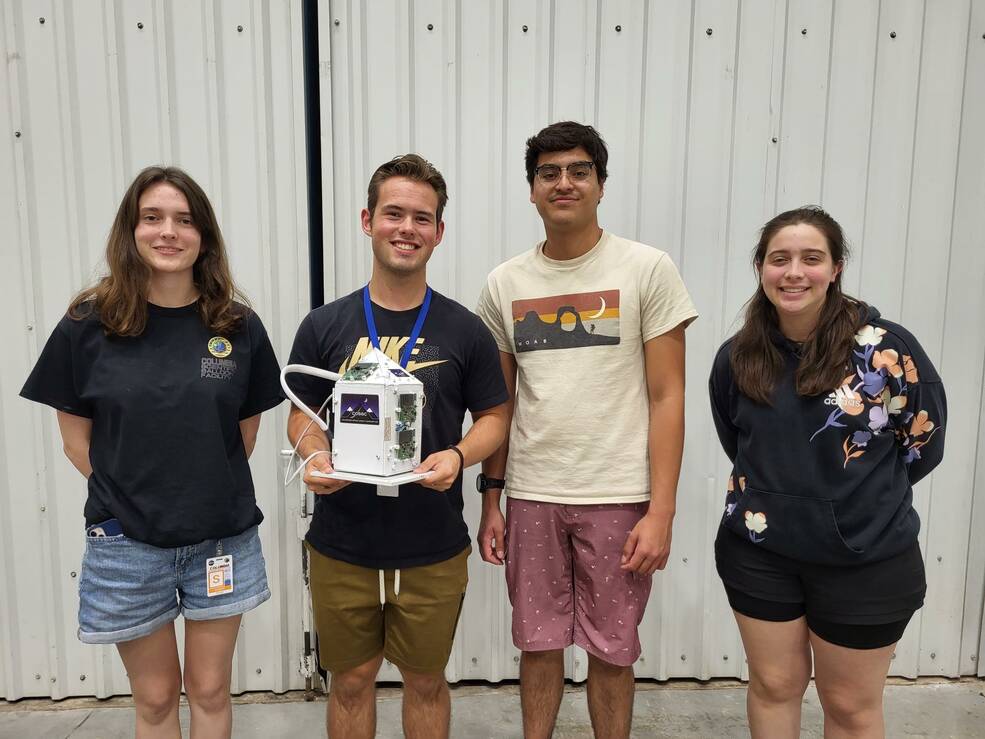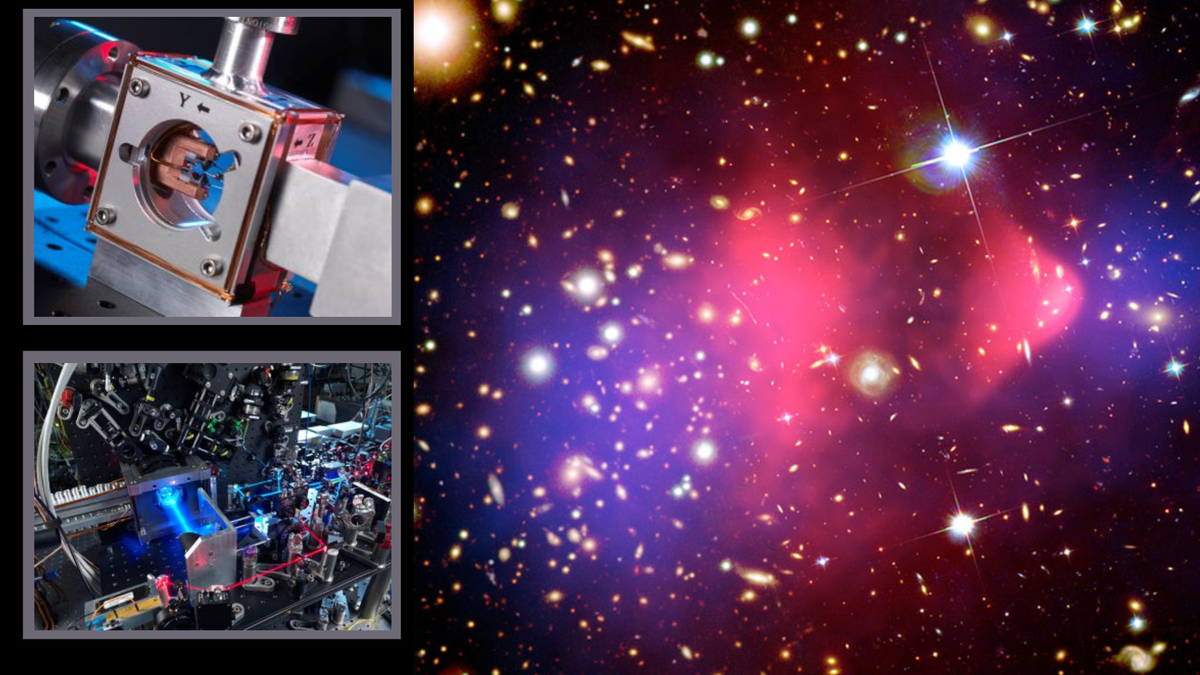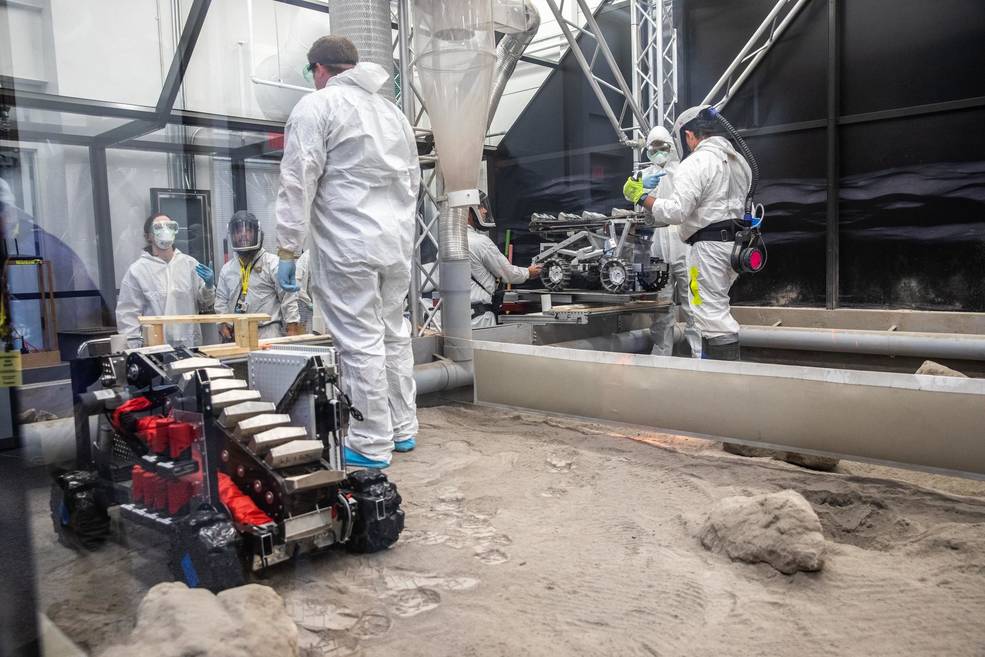Fresh off its success at the moon, India is now headed for the sun. The nation launched its first-ever solar observatory today (Sept. 2), sending the Aditya-L1 probe skyward atop a Polar Satellite Launch Vehicle (PSLV) from Satish Dhawan Space Centre at 2:20 a.m. EDT (0620 GMT; 11:50 a.m. local India time). The PSLV deployed Aditya-L1 into low Earth orbit (LEO) as planned about 63 minutes after liftoff, sparking applause and high fives in mission control. “Congratulations, India, and congratulations, ISRO [the Indian Space Research Organisation],” Jitendra Singh, India’s Minister…
Read MoreCrucial test of Europe’s long-delayed Ariane 6 rocket delayed
Hotfire testing of the new Ariane 6 rocket has been delayed due to problems with ground equipment. Test firing of the huge Ariane 6 rocket’s core stage did not take place as planned on Aug. 29 at Europe’s spaceport in Kourou, French Guiana, the European Space Agency announced via X (formerly known as Twitter) a day later. The cause was a technical issue affecting the control system that governs the rocket’s critical fluid operations, used for filling the launcher and the automated countdown. “Specialists are working on a solution. The…
Read MoreStudent-Focused Scientific Balloon Mission Inspires Future Generation
Team members from the University of Colorado Boulder and Colorado School of Mines pose with their flight-ready payload set to fly with the HASP mission during NASA’s Scientific Balloon Program’s fall campaign in Fort Sumner, N.M. From left, Elsa Carreras, Benjamin Hellem, Erick Bueno, and Chloe Zentner. Not pictured: team members Shuyu Song, Hallie Hill, and Peter Braza. u003cstrongu003eCredits: NASAu003c/strongu003e The fall campaign of NASA’s Scientific Balloon Program is underway at the Columbia Scientific Balloon Facility (CSBF) balloon launch site in Fort Sumner, New Mexico. The program will launch a…
Read MoreAtomic clocks on Earth could reveal secrets about dark matter across the universe
Scientists are using atomic clocks to investigate some of the universe’s greatest mysteries, including the nature of dark matter, in a laboratory. In the process, they say they’re bringing cosmology and astrophysics “down to Earth.” The project, which is a collaboration between the University of Sussex and the National Physical Laboratory (NPL) in the U.K., uses the ticks of these incredibly precise clocks to hunt for hitherto unknown ultra-light particles. These particles could be connected to dark matter, the mysterious substance that makes up an estimated 85% of all matter…
Read MoreNASA to Discuss Psyche Asteroid Mission, Optical Communications Demo
NASA will host a news conference at 1 p.m. EDT Wednesday, Sept. 6, to discuss the agency’s upcoming Psyche mission, which will be its first to visit a metal-rich asteroid. Riding along with Psyche is a laser transceiver for NASA’s Deep Space Optical Communications (DSOC) technology demonstration.
Read MoreGeorgia, Texas Students to Hear from NASA Astronauts Aboard Station
Students from Georgia and Texas will have separate opportunities next week to hear from NASA astronauts aboard the International Space Station.
Read MoreNASA moon orbiter spots crash site of Russia’s failed Luna-25 lander (photos)
The final resting place of Russia’s failed Luna-25 lunar lander has apparently been found. Luna-25, Russia’s first moon probe in 47 years, smashed into the lunar surface on Aug. 19, during a maneuver designed to set up its touchdown try a few days later. The crash blasted out a crater, which NASA’s sharp-eyed Lunar Reconnaissance Orbiter (LRO) likely found last week, agency officials said. Related: Russia’s Luna-25 lunar lander crashes into the moon This GIF alternates between Lunar Reconnaissance Orbiter views from June 27, 2020, and Aug. 24, 2023 –…
Read MoreSpaceX launches 22 Starlink satellites toward orbit
SpaceX will launch 22 of its Starlink internet satellites to orbit tonight (Aug. 31), and you can watch the action live. A Falcon 9 rocket carrying the Starlink spacecraft is scheduled to lift off from Florida’s Cape Canaveral Space Force Station tonight at 10:21 p.m. EDT (0221 GMT on Sept. 1). Watch it live here at Space.com, courtesy of SpaceX, or directly via the company. Coverage is expected to begin about five minutes before launch. Related: Starlink satellite train: How to see and track it in the night sky A…
Read MoreJames Webb Space Telescope snaps stunning view of supernova’s expanding remains (photos)
The remains of a star that exploded 36 years ago have fallen under the gaze of the James Webb Space Telescope (JWST) — and this observatory’s Near Infrared Camera (NIRCam) captured the expanding stellar debris in unprecedented resolution, revealing brand new details about this burgeoning supernova remnant. The closest observed supernova since Kepler’s Supernova lit up the Milky Way in 1604, this star explosion was first identified in 1987 and is aptly known as Supernova 1987A. It sits about 168,000 light-years away from Earth in the Large Magellanic Cloud and…
Read MoreNASA’s Lunabotics 2024 Challenge is Open
The Milwaukee School of Engineering’s robotic miner is ready for its turn to dig in the mining arena during NASA’s LUNABOTICS competition on May 24, 2022, at the Center for Space Education near the Kennedy Space Center Visitor Complex in Florida. NASA/Kim Shiflett Across the country, teams comprising hundreds of undergraduate and graduate students – members of the Artemis generation – will vie to be one of the select few competing in the Lunabotics 2024 on-site challenge at NASA’s Kennedy Space Center Visitor Complex in Florida. For teams designing, building,…
Read More
